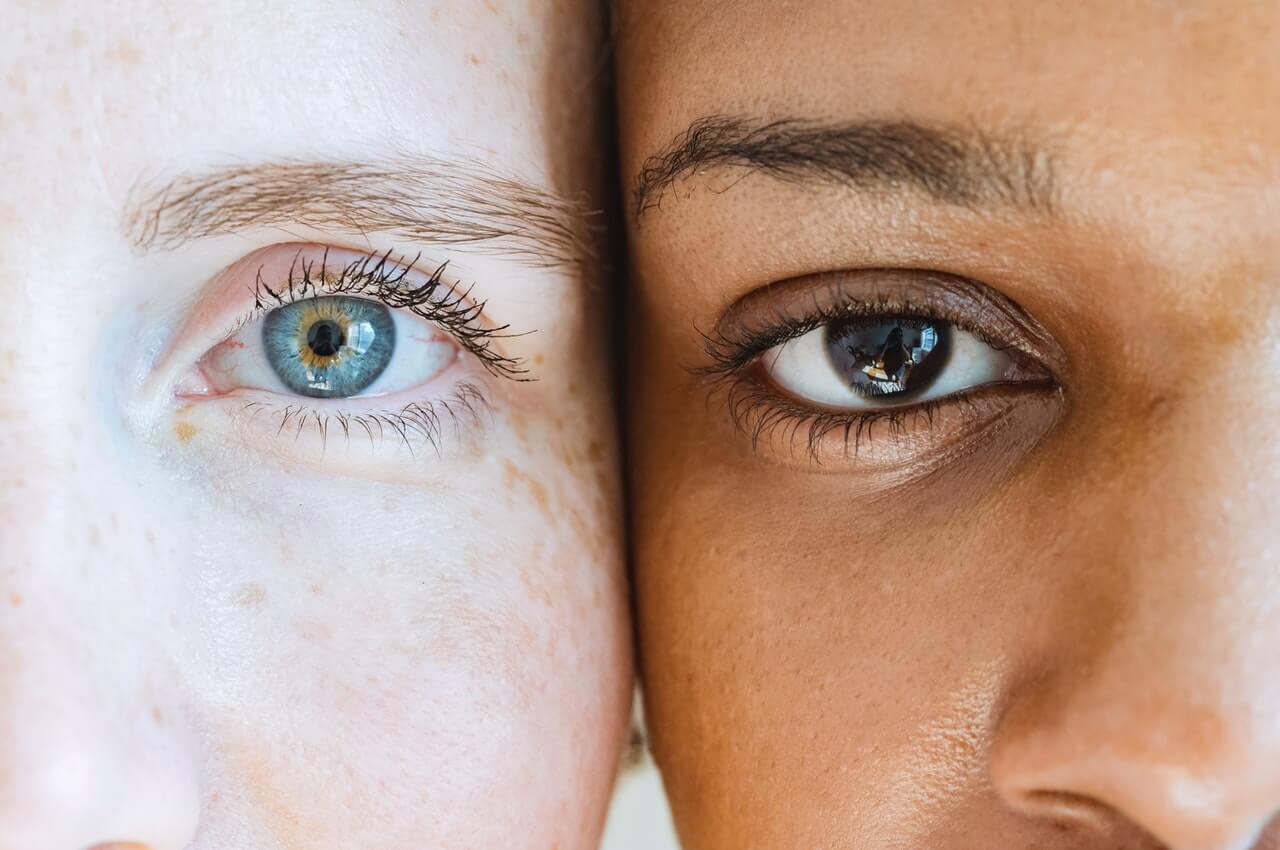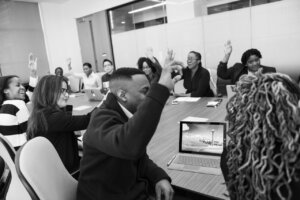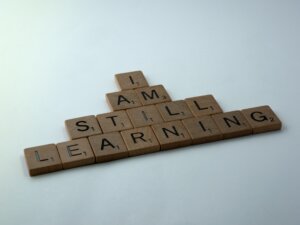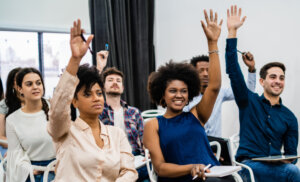I am well advised of the power of gazing in everyday matters.

One of my cats uses gazing to communicate its undying love for me. Seriously. She gazes intently, staring and then blinks a few times; if you’ve studied animal behavior, you know it means she loves me–with the glint in her misty blue eyes. Not unlike the girl in the first Indiana Jones’ movie who gazes longingly into Professor Indiana’s eyes and drops her eyelids, which say, “Love Me,” written there obviously with what I hope is erasable ink.
There is even a dating site that uses party gazing as one of the activities to set up dates. There’s actually a time limit before you get yourself in trouble. I know that the length of a human gaze indicates potential intimacy, or, in less romantic practical terms, if someone is receptive to our presence. (Psychology 101) Good communicators, especially trainers, or those who don’t want to commit, should know just when to quit.
Let’s face it: in training, it’s probably not a good idea for your participants to gaze longingly in your eyes as you present, nor the opposite. Despite the fact it is distracting for you as a speaker or trainer, it could be disastrous for your presentation. Gazing in public speaking or in training has the ability to enhance or detract from your presentation and the intended communication. As for the audience gazing at us, that’s exactly what we want; but we want to control the communication, keep the gaze receptive and direct their attention to what we want them to see. The rule of thumb: gaze only long enough to be received, give them your special glint, and move on.
For those of you who don’t get me yet. The glint I’m referring to is similar to a smile and a wink. We all do it to make that special connection with each member of our audience if we can. It says, “I’m talking to you.”
And, you can believe corporate training firms include it as essential in any how-to or train-the-trainer guide. Without good eye contact or gazing, you lose your audiences–a point trainers can’t afford to miss, according to Lisa Braithwaite, a colleague of mine with a similar background. Eye contact is so important to what we do. It means control or the environment; therefore, control of the communication–and the all-important message.

To illustrate how this can happen even in a simple setting: when sitting in a meeting, and you notice the speaker’s eyes never meet yours. If you look at that person and speak, you have immediate control of the conversation and the communication. The speaker before you never never had it–even though words may have been spewing forth.
Even if the speaker were attractive beyond compare and if you had been too distracted by physical beauty to listen, the result would have been the same. No communication coming from his or her lips met your ears with any impact. Think about the first time you met the “love of your life” and were speechless. Looking at someone intently affects them emotionally, hopefully in a good way. Perhaps “love at first sight” is mixed with pheromones, I don’t know; but, in any case, the receiver has to respond emotionally. In our case, the training environment, we prefer just complete attention.

It is the same with any audience. If you can’t look them in the eye–and you know what that means with larger audiences, make them think you are, or you will not be able to control or manage the message you are trying to convey.
Don’t believe me? Try it for fun. This works best if you are doing a session on communication. Continue looking at an audience member and don’t let up until you get a reaction from him or her. Interestingly enough, you will probably get a reaction from the audience beforehand. Audience members want your attention. This only proves the right amount of gazing is good, but too little or too much is bad. Good speakers control eye contact extremely well. Besides timing their gazing, they use eye contact to make others follow where their eyes go to emphasize a message. Eye contact can signal the audience when you plan to make a shift–kind of a head nod that says, “this way.”
It is because you aren’t receiving a “proper” gaze, that you have to concentrate when listening closely to someone who has strabismus or “crooked eyes,” or amblyopia or “lazy eye.” On the other hand, what if you the speaker or the trainer is the one afflicted with this malady? Although in some cases either form of misdirected eyes can be corrected, but mostly at a young age when it is most likely to affect vision.

That doesn’t mean you shouldn’t speak or train. Academy Award-Winner Forest Whitaker’s left eye ptosis, which is the drooping eyelid, has been “called intriguing” by critics; and Joe Mantegna, who has Bell’s palsy, which causes one side of the face to droop and can result in one eye not closing, has not suffered a lack of acting jobs because of his unusual look either.

I do advise letting your audience know in a humorous way you may not seem at times as if you are looking at them but assure them you have “special powers” and can see all. Of course, you know I’m kidding. Use your own way to let them know you are aware they may be affected by this and it will actually make them pay closer attention (again, Psychology 101).
—
For more resources about training, see the Training library.
 Sections of this topic
Sections of this topic















